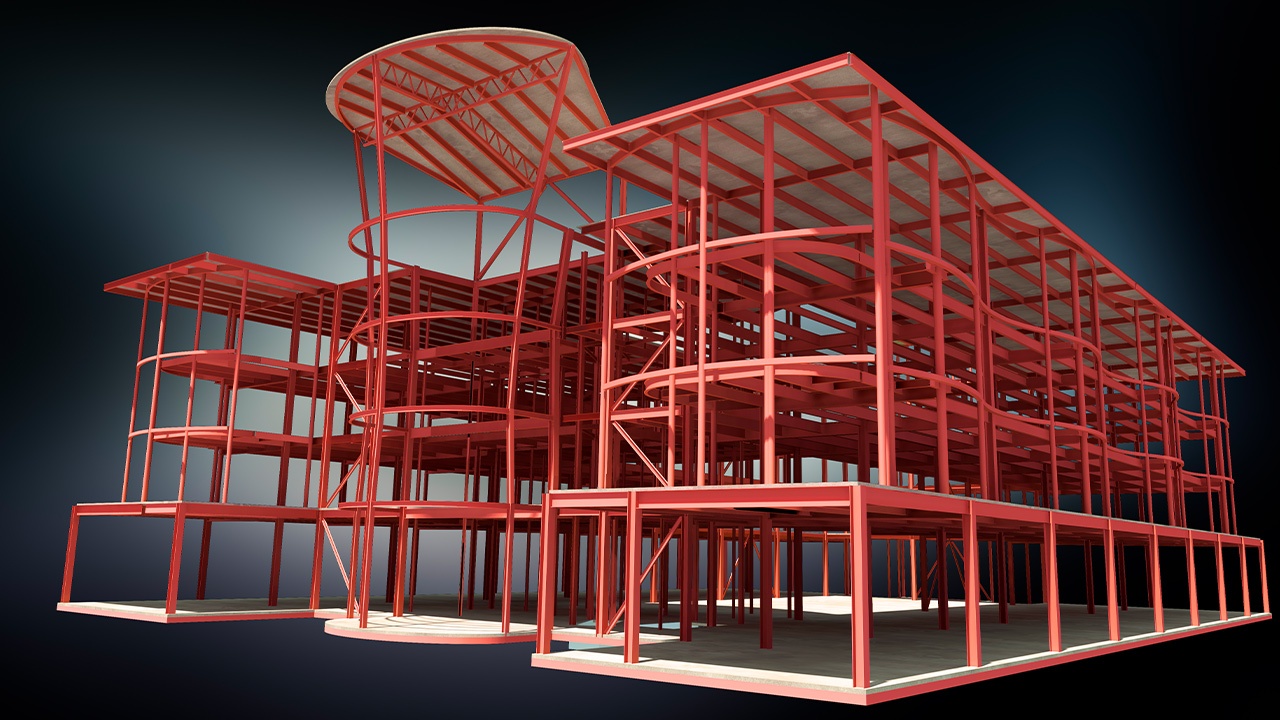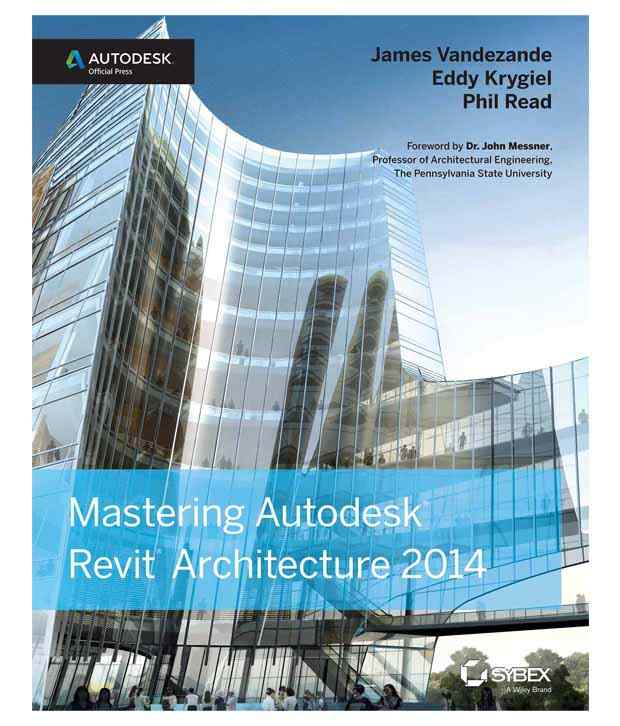

The family instance is then placed at the coordinate system. We can now create another coordinate system at the internal origin of Revit and then rotate this system to take into account the project north rotation. Next, we create to inputs for the Easting and Northing, these values are subtracted from the Project Base Point and a coordinate system is created.
#Autodesk revit structures update#
Although there is a node that retrieves this information directly, the node will not update or refresh so this is a better method.

The first step is to get the project base point built in parameters which get the East/West, North/South and Angle to True North. If you want to see a detailed, step by step guide then I have created a YouTube video here: I have wanted to create a tutorial for some time now and I have finally got around to it! The most efficient method for placing the families is to use Dynamo Player, however, if a number of families are required from a list, then we can read a text file, comma separated file or Microsoft Excel.Ībove I have included an image of the complete Dynamo Script but will step you through each of the groups. We also must consider the possible rotation of the site in relation to the project north.Ī simple solution is to use Dynamo to transform the coordinate system and place a selected family at the coordinates. However, Revit’s coordinate system for placing families uses the internal origin which will not be the real-world coordinate. You simply type in the easting and northing. In AutoCAD, due to everything being modelled from the World Coordinate System or WCS, this is an easy task. Our Naviate Accelerate and Naviate Structure tools will enable rebar details and schedules to be produced in accordance with local standards and design codes.ĭuring my years of training Revit, many clients ask if there is a tool to place a Revit family at a world coordinate, perhaps issued by a contractor or a surveyor. Of course, the focus with Naviate Rebar is the efficient modelling of reinforcement, regardless of national codes and practices. This is our first release for Revit 2023, we are already working on several additions such as structural openings and connections. This means that annotations, tags and multi rebar annotations are retained and not deleted from the drawings. The interesting point here is that, where possible, the reinforcement is edited rather than recreated. Reinforcement settings can also be saved with the various elements which is incredibly useful if you want to make changes or edits to several members with the same reinforcement. The lengths vary, but, since Naviate Rebar also creates rebar constraints, the rebar adapts to each beam.Īdditionally, the reinforcement settings can be ‘read’ directly from the elements, so if you have a similar reinforcement configuration you can read the settings from one element, make the relevant changes in the dialog, and then directly apply the rebar to other elements.
#Autodesk revit structures series#
In the example below, a series of ground beams have been selected.

Naviate Rebar also supports the simultaneous reinforcement of multiple elements, even if the geometry `varies’. For example, the column reinforcement dialog shown below will handle square, rectangular, and circular columns using the same, simple column reinforcement command. Each dialog has a clean, simple arrangement of tools to increase productivity and simplify usage. Some of the new innovations include modeless dialogs where rebar can be applied to the elements and previewed directly within the Revit model negating complex preview functions within the dialog boxes.


 0 kommentar(er)
0 kommentar(er)
